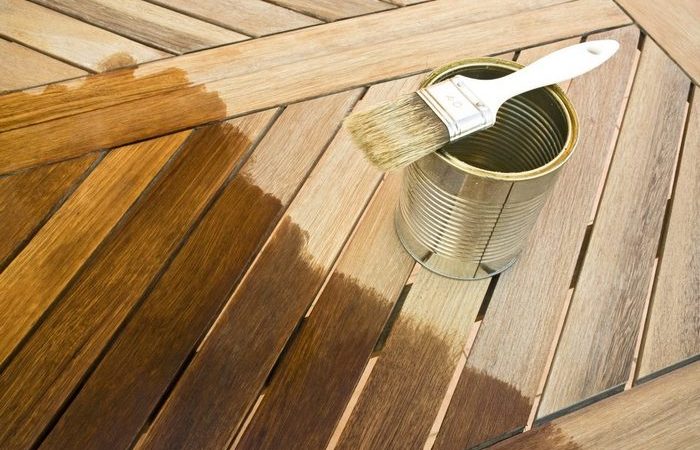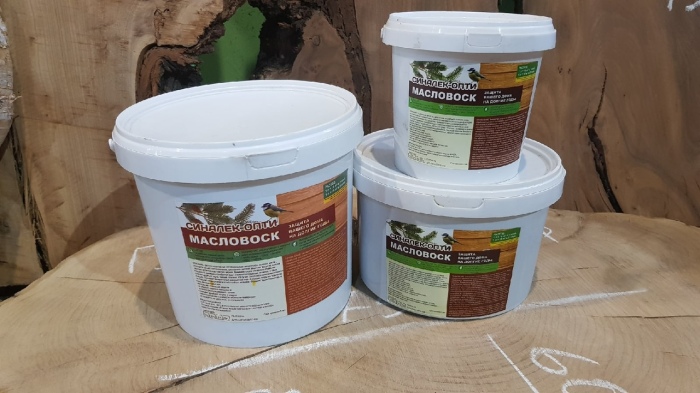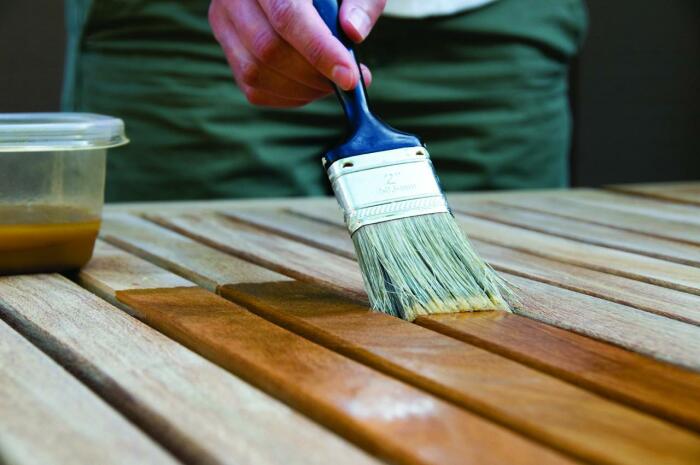There are some cases when people can prevent the danger caused by them or the nature. We should take care of it!

Wood has been and remains one of the most popular building and stucco materials. Its only serious drawback is that it is prone to decay. The main culprits, in this case, are fungi, temperature changes, prolonged contact with the soil, exposure to water, or constant dampness. It is possible to protect a tree from all misfortunes only by impregnating the material. And here the owner has options.
- Water-soluble antiseptics
Perhaps the most popular option due to its high efficiency. In addition, water-soluble antiseptics are most often odorless and perfectly penetrate the material. Most often, special substances are somehow sodium fluoride. There are also preparations based on pentachlorophenol and boric acid. It is also worth remembering that some water-soluble antiseptics can be toxic.
- Pasty antiseptics

In fact, these are all the same water-soluble antiseptics. In any case, the latter in the vast majority of cases are one of the three components of the pasty protective substance. In addition to it, the antiseptic will also contain a filler and a binder. Most often, either special clay or bitumen is used as the latter.
- Oily antiseptic

Oily antiseptics have throughout history been considered the most powerful substances that can be used to protect the surface of the wood. They are especially good at protecting wood from prolonged exposure to soil or moisture. However, they also have a couple of disadvantages characteristic of the entire group. Firstly, such antiseptics have a strong pungent odor that persists until the substance dries. Secondly, such antiseptics stain the surface in a dark brown color.
- ”Folk” ways to protect the tree

There are many ”folk” ways to protect a tree from the effects of an aggressive environment. At the same time, it is important to remember and understand that in the overwhelming majority of cases, such means do not differ in any way in representative efficiency. Questions are raised in this case, and the ratio of price-quality and quality-spent time. So, you can protect the tree by covering it with: silicate glue (the most popular option), vinegar and soda, blue vitriol, salt and boric acid, resin, and potassium bichromate solution.
Source: Novate





